
Lisa Grossman is the astronomy writer for Science News. Previously she was a news editor at New Scientist, where she ran the physical sciences section of the magazine for three years. Before that, she spent three years at New Scientist as a reporter, covering space, physics and astronomy. She has a degree in astronomy from Cornell University and a graduate certificate in science writing from UC Santa Cruz. Lisa was a finalist for the AGU David Perlman Award for Excellence in Science Journalism, and received the Institute of Physics/Science and Technology Facilities Council physics writing award and the AAS Solar Physics Division Popular Writing Award. She interned at Science News in 2009-2010.

Trustworthy journalism comes at a price.
Scientists and journalists share a core belief in questioning, observing and verifying to reach the truth. Science News reports on crucial research and discovery across science disciplines. We need your financial support to make it happen – every contribution makes a difference.
All Stories by Lisa Grossman
-
 Astronomy
AstronomyThe recipes for solar system formation are getting a rewrite
A new understanding of exoplanets and their stars is rewriting the recipes for planet formation.
-
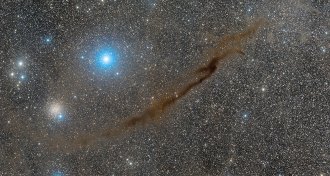 Astronomy
AstronomyFirst 3-D map of a gas cloud in space shows it’s flat like a pancake
An interstellar gas cloud dubbed the Dark Doodad Nebula looks like a wispy, thin cylinder. But it’s actually a flat sheet.
-
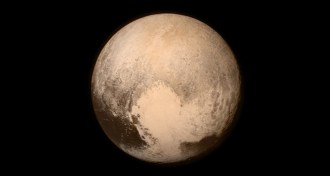 Planetary Science
Planetary ScienceGetting NASA’s Pluto mission off the ground took blood, sweat and years
Alan Stern talks about the new book ‘Chasing New Horizons’ and what’s next for the spacecraft that got close to Pluto.
-
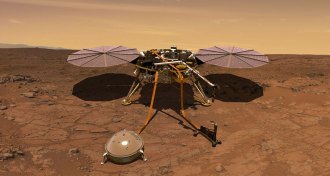 Planetary Science
Planetary ScienceNASA gets ready to launch the first lander to investigate Mars’ insides
The InSight lander is launching to Mars on May 5 and is expected to be in position to sense seismic activity by early 2019.
-
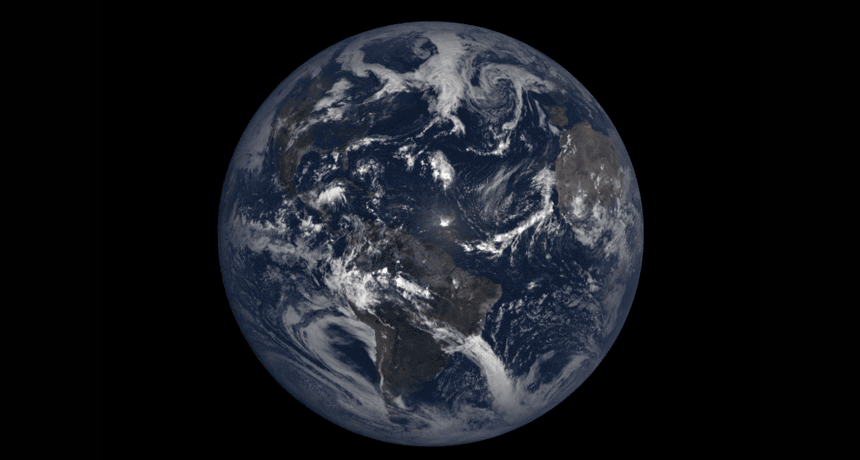 Planetary Science
Planetary ScienceLast year’s solar eclipse set off a wave in the upper atmosphere
The August 2017 solar eclipse launched a wave in the upper atmosphere that was detected from Brazil after the eclipse ended.
-
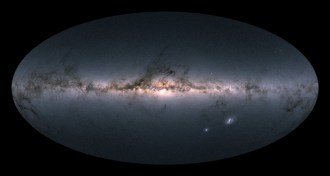 Astronomy
AstronomyThe latest star map from the Gaia spacecraft plots 1.7 billion stars
The Gaia spacecraft’s latest data release brings the number of stars with precisely measured motions up from 2 million to more than 1.3 billion.
-
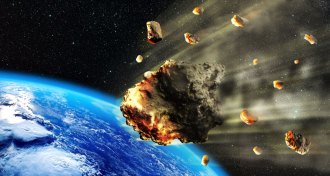 Planetary Science
Planetary ScienceAsteroids could have delivered water to the early Earth
Shooting mineral pellets at a simulated planet suggests an impact wouldn’t have boiled all of an asteroid’s water away.
-
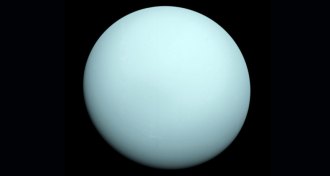 Planetary Science
Planetary ScienceUranus smells like rotten eggs
Planetary scientists detected hydrogen sulfide in Uranus’ upper clouds — the same compound that gives rotten eggs their terrible smell.
-
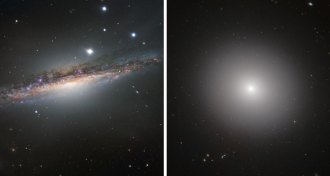 Astronomy
AstronomyYoung galaxies are flat, but old ones are more blobby
A survey of hundreds of star systems precisely links the shape of a galaxy to the ages of its stars.
-
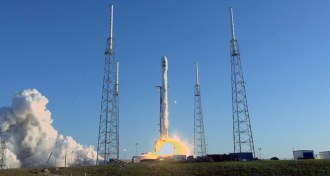 Astronomy
AstronomyNASA’s TESS spacecraft launches to begin its exoplanet search
After reaching its orbit in about two months, the telescope will start scanning nearby stars telltale dips in light that signal a passing planet.
-
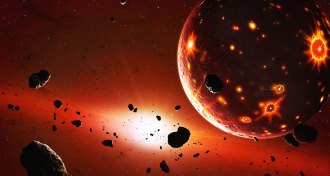 Planetary Science
Planetary ScienceThis meteorite’s diamonds hint that it was born in a lost planet
Bits of metal nestled inside diamonds suggest the space rock could have formed in a Mars-sized protoplanet in the early solar system.
-
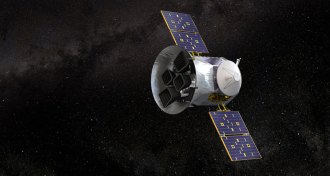 Astronomy
AstronomyDelayed launch of NASA’s next exoplanet hunter is now set for tonight
NASA’s next exoplanet hunter, TESS, launches today to seek planets in 85 percent of the sky.